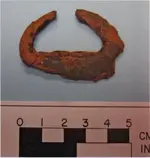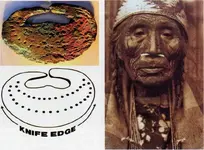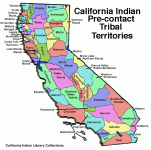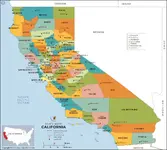Tesorodeoro
Bronze Member
- Joined
- Jan 21, 2018
- Messages
- 1,728
- Reaction score
- 2,787
- Golden Thread
- 0
- Primary Interest:
- All Treasure Hunting
Sorry for the clickbait title.
I’m not aware of any NA artifacts in my area (west coast) that were made of gold.
This is despite the fact that it was likely plentiful in certain areas.
It seems to me that NA Indians relied completely on natural items. They were very in tune with the different characteristics and properties of various materials.
Gold is unique in that it keeps its attractive color over time.
It’s much heavier than anything else readily found.
It’s very malleable and can be pounded out very thin.
It can be melted.
It can be easily drilled.
It easily stands out against other common minerals.
I suspect they must have had a negative underworld superstition that surrounded gold (having nothing to do with foreign contact). It’s not that they didn’t notice it or didn’t realize these properties.
Any ideas? I would have thought it would at least be used for decoration or traded.
I’m not aware of any NA artifacts in my area (west coast) that were made of gold.
This is despite the fact that it was likely plentiful in certain areas.
It seems to me that NA Indians relied completely on natural items. They were very in tune with the different characteristics and properties of various materials.
Gold is unique in that it keeps its attractive color over time.
It’s much heavier than anything else readily found.
It’s very malleable and can be pounded out very thin.
It can be melted.
It can be easily drilled.
It easily stands out against other common minerals.
I suspect they must have had a negative underworld superstition that surrounded gold (having nothing to do with foreign contact). It’s not that they didn’t notice it or didn’t realize these properties.
Any ideas? I would have thought it would at least be used for decoration or traded.
Amazon Forum Fav 👍
Upvote
0









